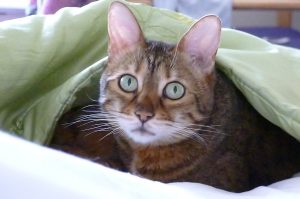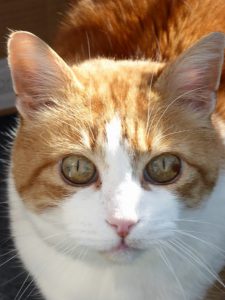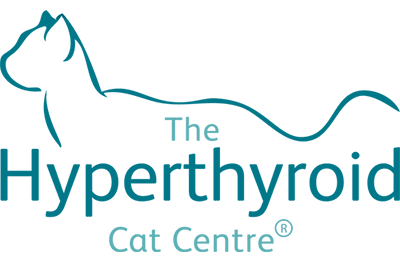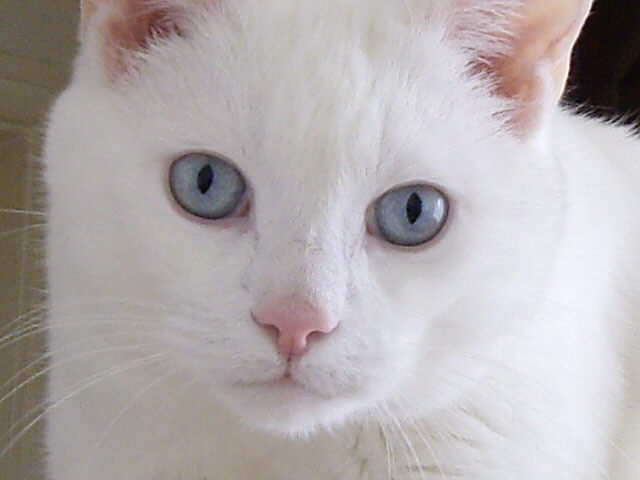The long-term outlook
The long-term effect of hyperthyroidism is that it can be fatal if left untreated. But radio-iodine treatment could cure your cat, and even double their remaining years.
Radio-iodine is the preferred treatment for cats with hyperthyroidism, offering a painless and permanent cure. That means the future for your much-loved pet is much rosier – and longer – than before.
Your cat will be happier
- Your cat will feel much more well and energetic, taking a renewed interest in life
- He or she will be free to eat a normal diet, featuring a wide variety of enjoyable foods
- If your cat previously took medication, you can both say goodbye to battles over getting tablets down
- If you’ve been having quite a few stressful trips to the vet, trying to diagnose and treat your cat’s various symptoms, you can all breathe a sigh of relief
- Your cat will enjoy a much longer life expectancy
Your cat is unlikely to need further treatment

Almost 2.5 years post radio-iodine treatment, Holly is enjoying life aged 16
A very small proportion of cats (fewer than 1% of the cats we’ve treated to date) are still hyperthyroid 6 months after treatment. For these cats, we will assess your cat’s suitablity for a second radio-iodine treatment, which will almost certainly be successful. This second dose is included within our initial treatment price, although it doesn’t cover lab fees or an in-patient stay longer than 14 days after the second dose.
Long-term monitoring

Percy
We suggest that your cat sees its vet at 6 weeks, 3 months and 6 months after radio-iodine treatment, for clinical examinations, blood and urine tests, and blood pressure estimation. Your vet may also have their own view on the frequency of these visits, and the visits certainly aren’t compulsory.
For the handful of cats needing a second treatment because of an incomplete response to the first we usually plan to do this by 6 months after the first treatment. For the very small number of cats who become hyperthyroid again in the future (perhaps 1% on average, 3 years after treatment) they would be assessed as if a new patient because there general health is also likely to have changed in this time.
There’s a risk your cat could become hypothyroid
Some cats are over-sensitive to radio-iodine, and can go the other way – becoming hypothyroid. This means their thyroid hormone levels have fallen below the normal range, which is the opposite of hyperthyroidism. As healthy thyroid tissue starts to function again, thyroid hormone levels often return to normal by themselves, leaving the cat cured and healthy.
However, some cats will remain hypothyroid even 6 months after treatment. The vast majority will show no apparent ill-health, but around 2% will develop some clinical signs of hypothyroidism. These can include weight gain, coat changes, personality changes and possibly excessive drinking (since kidney function may now be below normal).
Hypothyroid cats usually respond well to a thyroid hormone preparation given as drops in their food. This carries none of the side-effects or risks associated with medicating a hyperthyroid cat.


